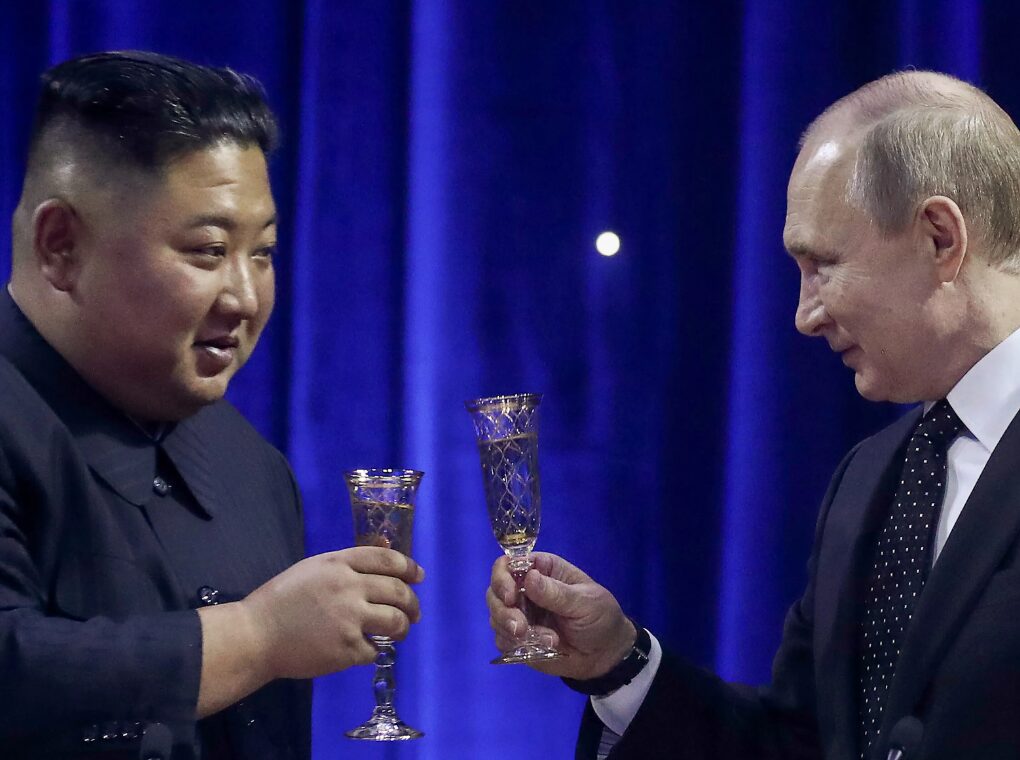In a historic and controversial move, North Korean troops were deployed last fall to the front lines of Russia’s war effort in Ukraine—marking Pyongyang’s first combat deployment beyond its borders since the Korean War. The presence of North Korean forces in the Russian-held Donbas and Kursk regions has prompted intense scrutiny from military analysts and raised major geopolitical concerns.
Deployment Confirmed
Intelligence sources and satellite imagery confirmed that in October 2024, a North Korean battalion-sized unit arrived in Kursk, later dispersing into defensive positions near the Ukrainian front. While Russian officials initially denied the deployment, the Kremlin later acknowledged the “limited presence” of DPRK troops, citing them as “observers and reconstruction experts”—a claim widely contradicted by field reports and intercepted communications.
Performance in Combat
According to frontline intelligence gathered by NATO-aligned surveillance drones and Ukrainian military briefings, North Korean troops were primarily involved in entrenched defensive operations. Analysts note that the DPRK soldiers relied on Cold War-era doctrines: heavy use of trench warfare, minefields, and coordinated artillery barrages. These tactics mirror the static defense strategies long practiced in the heavily militarized Korean DMZ.
Despite limited technological resources, North Korean units reportedly demonstrated high discipline and morale. “They are extremely rigid in their command structure, showing little tactical flexibility,” said a Ukrainian defense official speaking under anonymity. “But their ability to hold ground under pressure is notable.”
Adaptation to Modern Warfare
However, adapting to the complexities of modern high-tech warfare proved challenging. Western military experts observed that the North Korean units lacked digital coordination tools, drone integration, and cyber capabilities—elements now critical on the Ukrainian battlefield. Their logistical dependence on Russian command structures further exposed vulnerabilities in communication and supply lines.
“Pyongyang’s forces fight with grit but remain a generation behind in technology,” said retired U.S. Army Colonel James Wexler. “They rely on brute force and centralized command, which works in a slow-moving trench war, but not in fluid, drone-heavy engagements.”
Strategic Implications
For North Korea, this deployment appears to be both a gesture of solidarity and a geopolitical gamble. By aligning militarily with Russia, Kim Jong-un strengthens ties with a key partner in the face of deepening international isolation. In return, reports suggest Pyongyang may be receiving oil shipments, food aid, and advanced weapons technology from Moscow.
However, the move also risks further sanctions and alienation. The UN Security Council has called emergency sessions to address what it termed a “dangerous internationalization of the Ukraine conflict.”
Looking Ahead
With reports of potential follow-up deployments and increased cooperation between Russian and North Korean defense ministries, analysts warn of a shifting dynamic on the Eastern Front. Whether Pyongyang will expand its military role—or suffer the consequences of overreach—remains to be seen.
One thing is clear: the world is witnessing a new chapter in North Korea’s military history—far from the shadow of the DMZ and now entrenched in the heart of Europe’s bloodiest war in decades.
